PROTECT YOUR DNA WITH QUANTUM TECHNOLOGY
Orgo-Life the new way to the future Advertising by AdpathwayThere are plenty of tropes about people being struck by objects falling from above: the grand piano that tumbles from a rope onto an unsuspecting pedestrian below, or the cartoon safe that crashes down onto Wile E. Coyote, for example. It’s widely believed that falling coconuts kill 150 people each year worldwide (a statistic that turns out to be untrue). But sometimes things do fall on us unexpectedly. This is why so many city streets are covered in scaffolding — it’s better to be safe than sorry.
This holds true in the realm of asteroids and meteorites, too. While NASA and other space agencies have mapped the vast majority of large asteroids in our Solar System and are confident that none are on a collision course with Earth, smaller space rocks do sometimes slip past our telescopes and surprise us by reaching the ground, sometimes with spectacular and damaging results. Here's a look at some of the best-documented encounters Earthlings have had with asteroids and meteorites.
Sylacauga, Alabama (1954)
On Nov. 30, 1954, Ann Hodges became the first person on record to be struck by a meteorite. The 34-year-old was napping on her couch when a 3.8-kilogram (8.5-pound) rock crashed through her roof, ricocheted off her radio, and hit her in the thigh.
While you might expect getting hit by a meteorite to be fatal, it actually just left an enormous bruise on Hodges’ leg. But, according to her husband, the resulting media attention left a more permanent mark, worsening Hodges’ social anxiety and causing symptoms of post-traumatic stress disorder.
To make things worse, Hodges wound up in a legal fight with her landlord over who actually owned the space rock. By the time the case was resolved in her favor, the media hype had died down enough that she couldn’t sell the rock for any meaningful sum. She ended up selling it for $25 to the Alabama Museum of Natural History.
Peekskill, New York (1992)
On Oct. 9, 1992, high school football games were underway across the northeastern United States when a greenish fireball blazed across the sky. A few people who were filming their athletic loved ones in action pointed their cameras at the sky and caught the otherworldly sight.
Moments later, in Peekskill, New York, a 12.6-kilogram (27.8-pound) meteorite slammed into the trunk of Michelle Knapp’s parked 1980 Chevrolet Malibu. She was inside the house when she heard what she said sounded like a three-car collision in her driveway. She rushed out to find a huge dent in her car’s rear end, as well as a warm rock that smelled like sulfur.
Knapp later sold the meteorite and the totaled car to collectors for $25,000 — much more than the $400 she paid for it. All things considered, this particular space rock encounter was a positive one.
Mbale, Uganda (1992)
In 1992, another person survived a direct hit by a meteorite. The same year that Michelle Knapp’s car was struck (apparently 1992 was a big year for meteorites), a small chunk of space rock hit a young boy in Mbale, Uganda, in the head. Luckily, the piece was tiny (about 3 grams or 0.1 ounces) and first passed through banana leaves, which slowed it down enough to avoid injury. The boy was fine and got a fantastic story to tell for the rest of his life.
Lorton, Virginia (2010)
Imagine sitting at your desk in the middle of the work day, wishing desperately that you were anywhere else, and a rock from space crashes through the roof. That’s exactly what happened at Dr. Frank Ciampi’s office in Lorton, Virginia, on Jan. 18, 2010. A 300-gram (10.6-ounce) meteorite came flying through the ceiling of his medical practice and embedded itself in the floor beside his receptionist’s desk.
No one was hurt, but the meteorite shattered part of the building. Let’s just hope Dr. Ciampi let his receptionist go home early that day.
Chelyabinsk, Russia (2013)
Up until this point, all the eyewitness accounts of space rocks coming to Earth have been pretty lighthearted. Nobody has died, and damage has been pretty limited. But that all changed on Feb. 15, 2013, when an asteroid entered Earth’s atmosphere and exploded over Chelyabinsk, Russia.
This was not a tiny meteorite. This space rock was estimated to be 20 meters (65 feet) wide, and it packed a serious punch. The city of Chelyabinsk — and a huge area surrounding it — got extremely lucky that the asteroid exploded in the air, 30 kilometers (19 miles) above the ground. The blast itself was equivalent to 400–600 kilotons of TNT — more than 30 times the energy of the atomic bomb dropped on Hiroshima. If it had hit the ground intact, it would have been the most devastating disaster in recorded history.
Still, this was no picnic. The explosion created a flash of light that was briefly brighter than the Sun. Naturally, thousands of people went to their windows to see what had happened… just in time to be hit by the delayed shockwave from the explosion. This secondary blast shattered glass in around 7,200 buildings across the region, injuring hundreds of people. People exposed to the bright flash also reported eye pain and ultraviolet burns (like sunburn, but from an explosion).
One particular hero in this story was Yulia Karbysheva, a fourth-grade teacher in Chelyabinsk. When she saw the flash of bright light, she told her students to take cover under their desks just in case. When the shockwave arrived, Karbysheva (who was still standing) was hit by shards of window glass that lacerated her skin and even severed a tendon in her arm. But her 44 students were completely unharmed.
Although over 1,500 people were reported injured in the Chelyabinsk blast, it didn’t cause a single death. This feels more like incredible luck than anything else. If the asteroid had exploded just a little lower in the atmosphere, things would have been very different. The Chelyabinsk event still serves today as a stark reminder of the kind of damage that can be done by a relatively small asteroid if we let it sneak up on Earth.
Better safe than sorry
I won’t deny that it seems kind of cool to have a first-hand encounter with a falling space rock. If I went outside right now and found a hole smashed in my car by a meteorite, I would be thrilled. But I’m also truly terrified of the possibility that a Chelyabinsk-style impact could happen anywhere, anytime.
That size of asteroid is easy for our current planetary defense systems to miss, in part because there are so many of them and in part because a lot of them are hiding in the Sun’s glare (as was the case with the Chelyabinsk asteroid). While a lot of these stories are genuinely fun, that one drives home just how important it is to grow our asteroid-detecting capabilities.



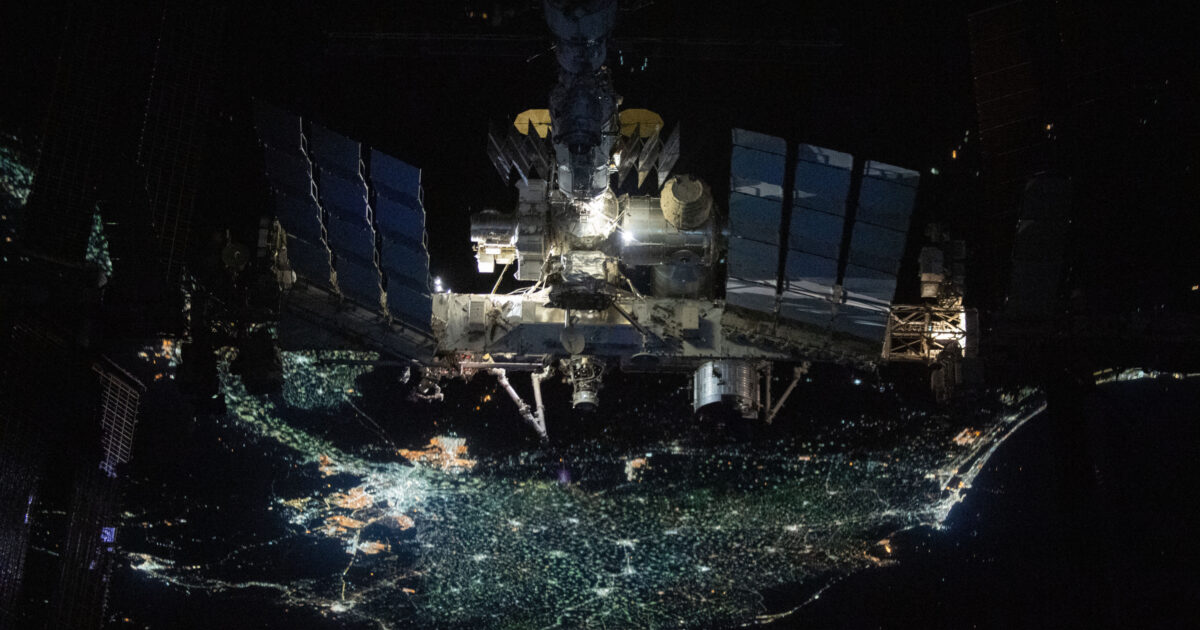
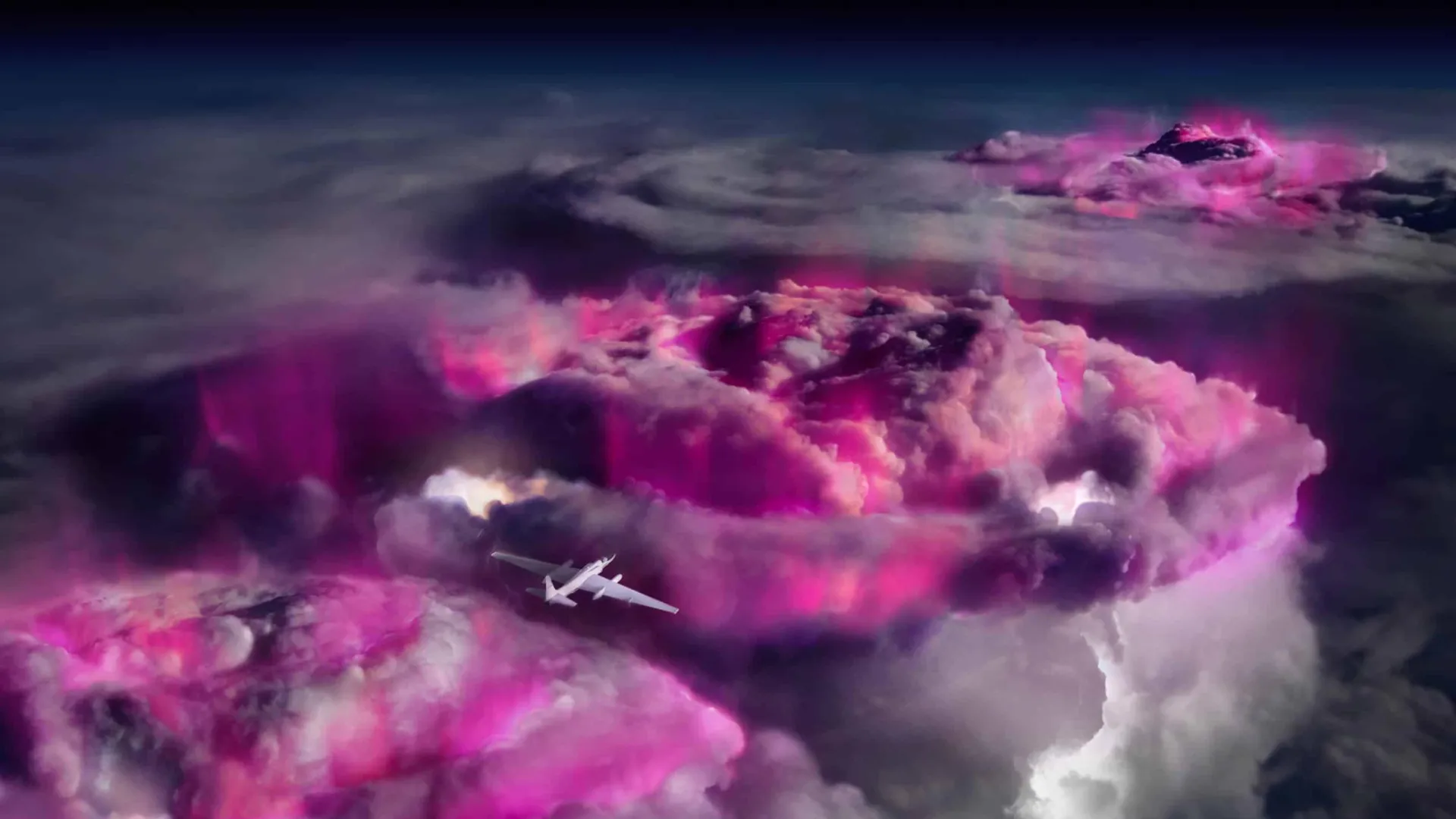
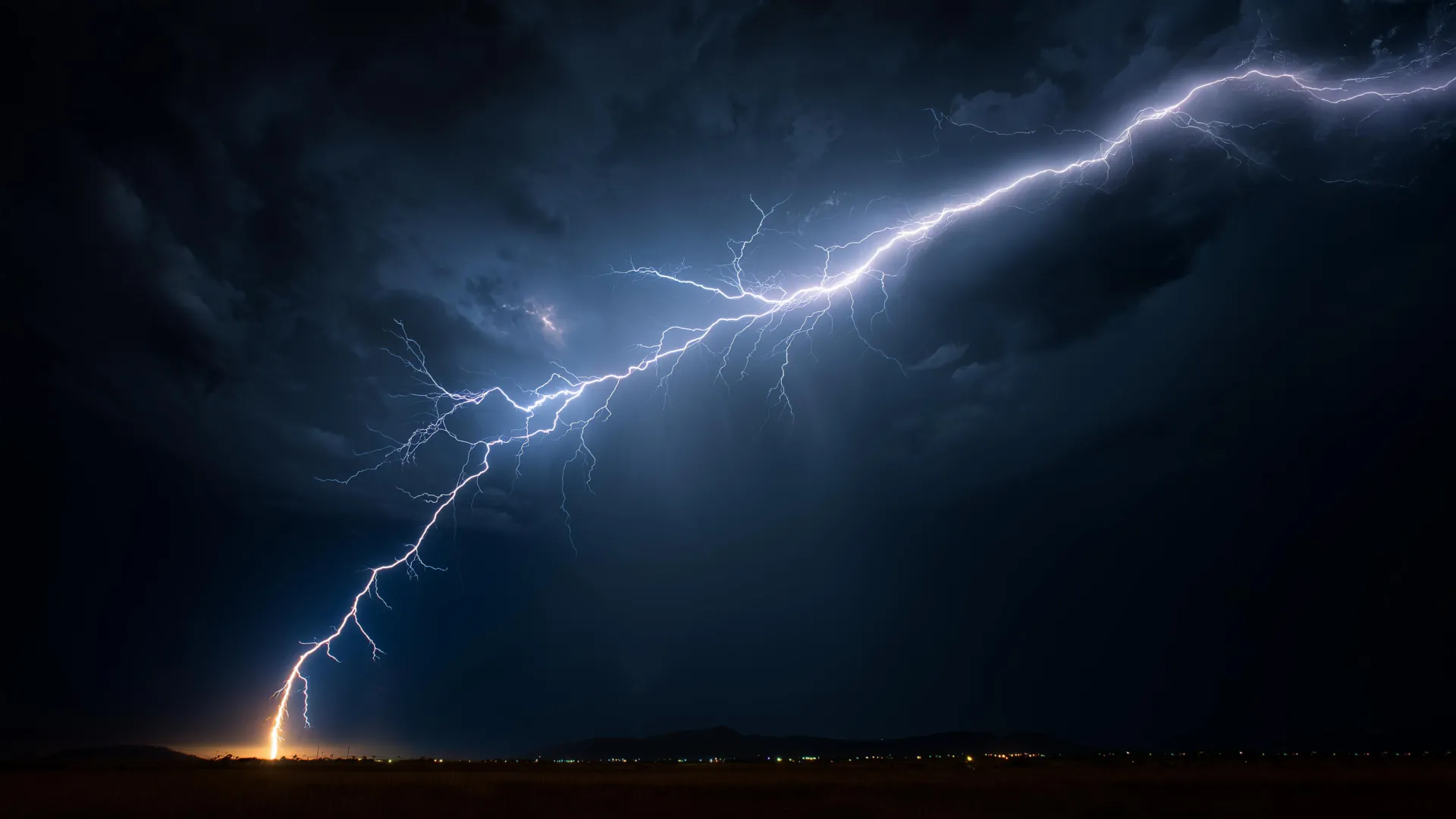
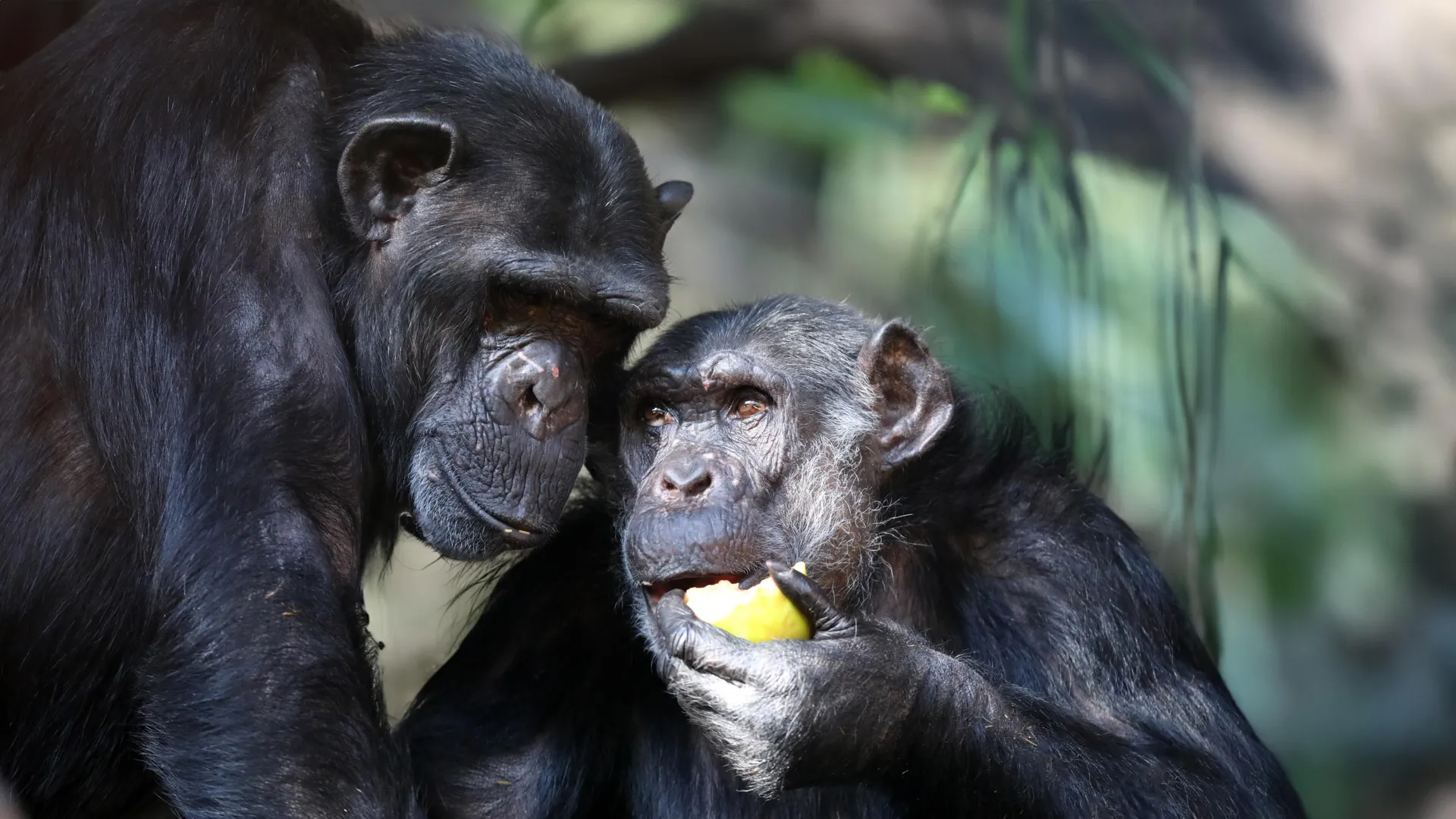
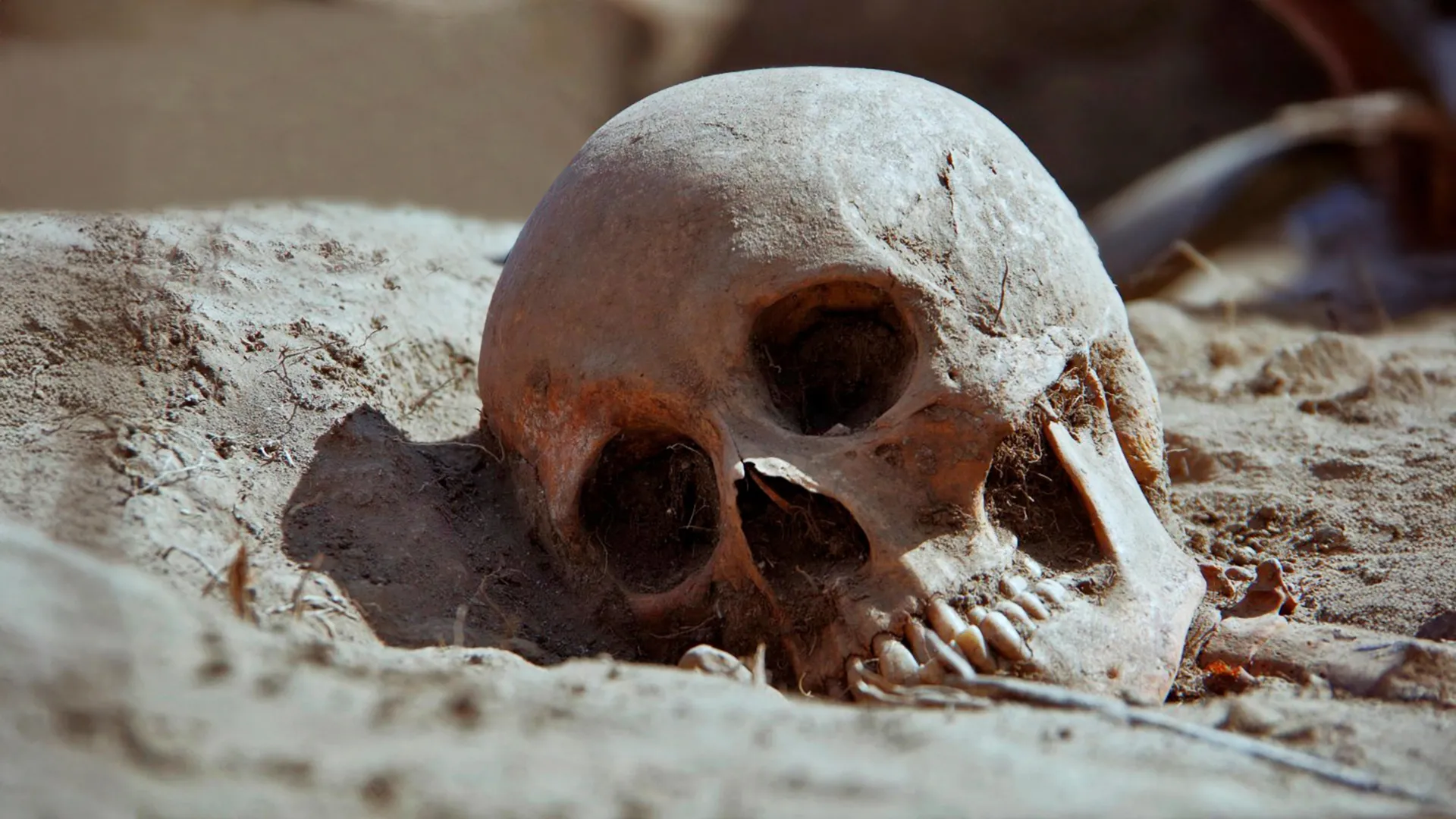















 English (US) ·
English (US) ·  French (CA) ·
French (CA) ·